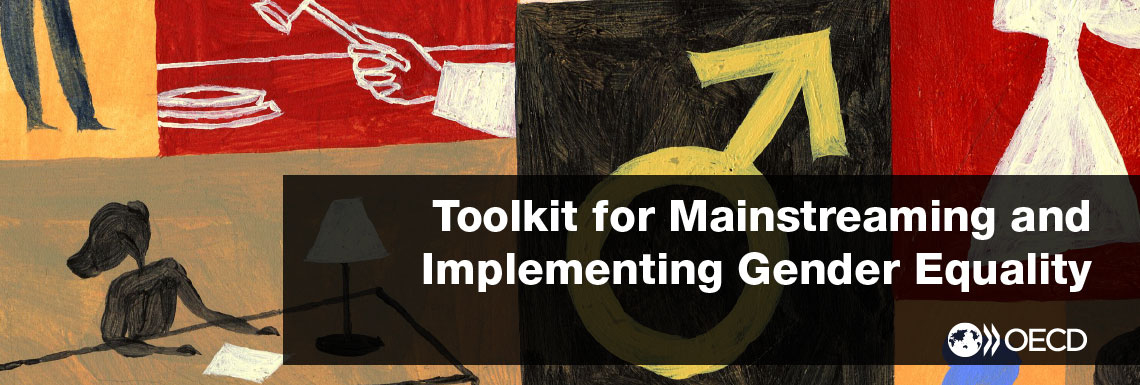Government has a clear vision for gender equality
SELF-ASSESSMENT QUESTION
Is there a medium to long term gender equality vision that is anchored into the overarching government policy and/or development goals?
WHY IS IT IMPORTANT?
A medium- to long-term vision statement, especially as part of a broader national development vision, can convey a country's goal for a gender-equal society. The vision can set new expectations for the attitudes and behaviour of both men and women and be used as a benchmark for measuring progress.
International benchmarks such as the 1979 United Nations Convention on the Elimination of all Forms of Discrimination against Women (CEDAW); the 1995 Beijing Declaration and Platform for Action of the Fourth UN World Conference on Women; the United Nations Sustainable Development Goals” (SDGs) – especially Goal 5 on gender equality - can provide excellent starting points for developing a vision statement.
ACTIONS TO CONSIDER
- Build a short, compelling vision statement for gender equality that connects to citizens’ lives and portrays a specific result for a societal change;
- Ensure that the vision statement is aligned with international benchmarks and national policy and/or development objectives;
- Ensure that the gender equality vision has a clear focus and provides directions for both public sector and citizens;
- Anchor the gender equality vision statement into the broader government policy and/or national development objectives;
- Widely disseminate and communicate the gender equality vision statement in simple terms both within and outside the government, including at the highest levels of politics and at society at large.
PITFALLS TO AVOID
- Formulate a narrow objective that is not focused on the ultimate outcome;
- Establish a theoretical vision that does not portray a specific societal change;
- Define a vision that is in contradiction with or disconnected to the government's policy or development vision;
- Insufficient communication of the gender equality vision statement to policy- makers.
COUNTRY EXAMPLES
Sweden
In 2014, the newly elected Swedish government declared itself a “Feminist government”, which is committed to integrate a gender equality perspective in decision-making both nationally and internationally and into resource allocation. The overarching objective of the government’s gender equality policy is “that women and men shall have the same power to shape society and their own lives” which is further spelled out in six sub-goals. In order to ensure the implementation of its gender equality vision, the government uses the dual approach of combining gender mainstreaming with special measures for gender equality, with a specific budget appropriation for gender equality. As part of the gender mainstreaming efforts, Sweden runs a program for Gender mainstreaming in government agencies (GMGA) – to ensure that the activities and services provided by participating government agencies contribute to achieving the government’s gender equality objectives. In addition, the government’s gender equality vision is implemented through gender-responsive budgeting. Sweden’s gender equality vision has also been translated into the country’s foreign policy, officially labelled as “Feminist Foreign Policy”. The work of the Ministry of Foreign Affairs in foreign, development cooperation and trade policy will take as a national starting point the national government’s overarching vision of the feminist government. Source: Government Offices of Sweden, Gender Equality
Austria
The budgetary principle of promoting gender equality was incorporated in the Austrian Constitution in 2009. From 2013 on, for the very first time, the annual Federal Budget Act – a key government document – shows the medium-term political outcome objectives aimed at gender equality by Ministries and other public bodies. The objectives are result oriented by being measurable through yearly monitored and evaluated key indicators which address identified gaps. The “Annual Report on Outcome Orientation” delivers the evaluation results – the progress made in gender equality – to Parliament for discussions and political control. This reform of public management resulted in the development of a comprehensive gender-oriented budget and reporting framework, which has been integrated in the government’s performance budgeting system. This is how gender mainstreaming is directly linked with policy making and management across all areas of policy fields.
Source: Information provided by the Government of Austria

